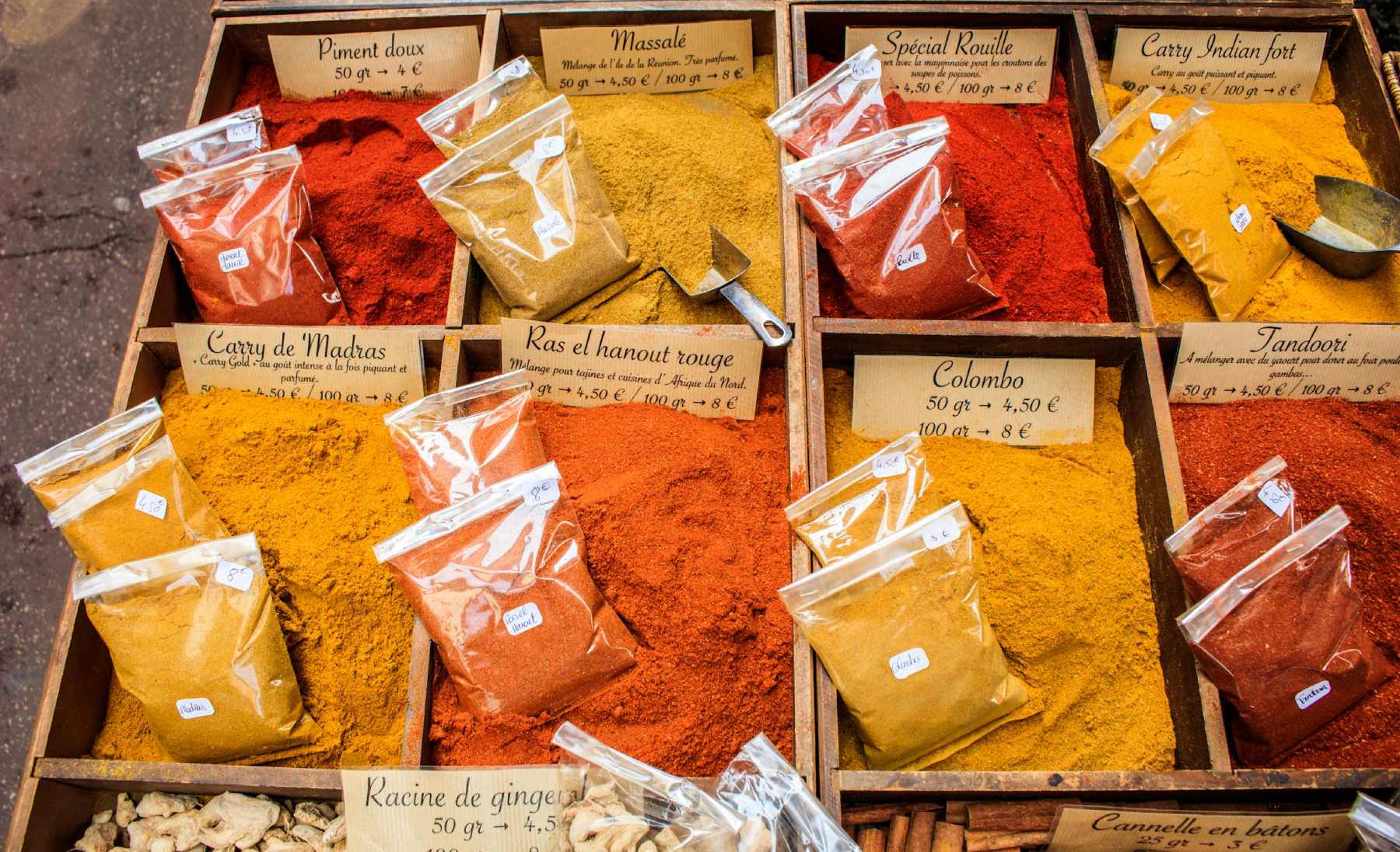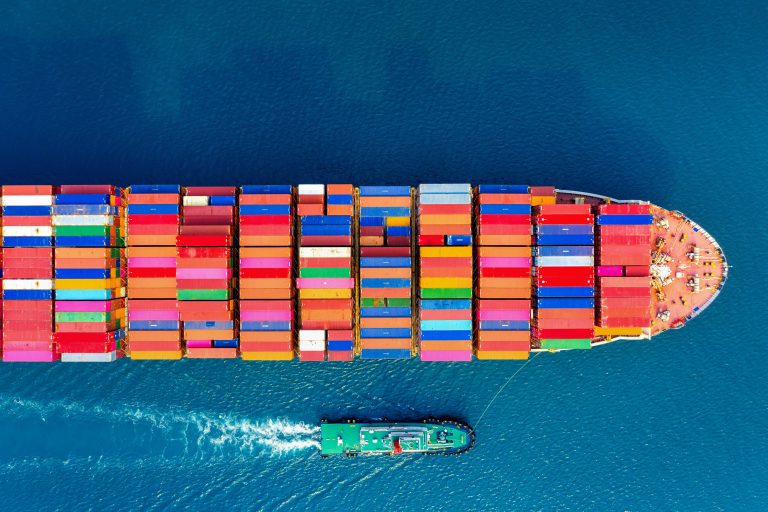Spice traceability helps exporters unlock premium international markets today. Buyers reject many spice shipments at borders or pay lower prices because they lack proper origin and handling documentation. Our experience shows that strong traceability systems can boost export values by 15-30% and build lasting relationships with buyers.
European and American buyers have made batch-level traceability a standard requirement, but many exporters find it challenging to meet. New regulations like the EU Deforestation Regulation (EUDR) and Food Safety Modernization Act (FSMA) need complete visibility into spice origins and processing. On top of that, spice quality assurance needs documentation at every step from farm to export container. Leading international spice buyers now want exporters to prove their compliance through digital verification systems instead of paper certificates.
In this piece, we’ll get into why traceability matters to spice exporters. You’ll learn practical steps to set up batch-level traceability systems that meet the strictest buyer requirements. Simple digital tools can help your spice business move from rejected status to becoming a preferred supplier in premium markets worldwide.
Why Batch-Level Traceability Is Now a Market Requirement
The spice industry faces a turning point as regulatory bodies across the globe enforce strict traceability requirements. Market dynamics have altered drastically. Batch-level traceability no longer offers a competitive edge – it’s now essential to access markets.
EUDR and FSMA Regulations for Spice Exporters
The EU Deforestation Regulation (EUDR) brings a radical alteration to spice exporters. This regulation kicks in December 30, 2024, banning imports tied to deforestation after December 31, 2020. Spice suppliers must provide exact geolocation data for all raw materials with verifiable proof, not just promises.
The US Food Safety Modernization Act (FSMA) comes with its own set of requirements. The FDA has extended the FSMA 204 Final Traceability Rule’s enforcement deadline, yet US importers expect suppliers to comply proactively. High-risk foods fall under special scrutiny, including herbs like parsley and cilantro from the Food Traceability List.
Buyer Demands for Deforestation-Free and Certified Batches
Market pressures have become as demanding as regulations. One industry report states: “A few years ago, buyers might’ve accepted shipments with vague documentation… but not anymore.”
European buyers look for products that meet European Spice Association’s quality standards. They prefer suppliers with Global Food Safety Initiative (GFSI) certifications. Major spice companies have embraced green initiatives like the Sustainable Spice Initiative.
Why Traceability Matters for Spice Exporters
Proper traceability systems show clear results: During 2023-24, India’s spice exports of 1.4 million tons met international quality requirements at a rate of 99.8%, with just 0.2% failing compliance. A senior Commerce Ministry official noted: “There is a drastic decline in alerts on Indian food exports to the European Union on account of EtO (ethylene oxide).”
Batch-level traceability builds trust throughout the supply chain. Buyers place bigger, repeat orders when they know your system stays clean, verified, and traceable.
Companies without batch-level traceability appear risky rather than safe partners. Reliable traceability systems offer more than compliance – they give you an edge in premium markets.
Common Traceability Challenges in Spice Supply Chains
Batch-level traceability in the spice industry faces some of the most important challenges. Spices take a complex trip from fields to export containers. This creates unique documentation challenges that many exporters find hard to overcome.
Multi-Tier Sourcing Without Farm-Level Records
Spice traders typically work through layers of intermediaries. Cardamom, turmeric, or black pepper loses its connection to its origin by the time it becomes export-ready. Spices pass through many hands – from hundreds of smallholder farmers to middlemen, processors, and cooperatives.
This multi-tier sourcing creates a basic traceability gap. Your chili might come from a specific region, but you can’t answer vital buyer questions: Which farm produced it? Which plot was it grown on? Who grew it? These details are exactly what buyers need verified as regulatory bodies strengthen their requirements.
Manual Logs and Fragmented Data Systems
Many spice exporters still use disconnected traceability methods despite growing digital adoption:
- Handwritten records from procurement agents
- Excel spreadsheets to track shipments
- Emails with scanned certificates
Your team rushes to crosscheck paper receipts with processor logs and makes urgent supplier calls when auditors need proof of origin. This isn’t traceability – it’s crisis management. Such fragmented approaches create data trails that auditors can’t match against specific batches.
Difficulty Verifying Organic and Fairtrade Certifications
Certifications like Organic, Rainforest Alliance, or Fairtrade add value but have become “table stakes—not differentiators” in today’s market. The biggest problem? Buyers can’t verify which specific batch has certification without batch-level traceability.
Saying “we’re certified” doesn’t work during audits or recalls anymore. Premium buyers need proof that a particular and specific lot of turmeric came from a certified plot. They want documented harvesting dates and processing pathways. This verification gap creates major risks, especially with EUDR and FSMA regulations demanding more detailed documentation.
Digital Traceability Tools That Buyers Trust
Digital tools have revolutionized the way we handle complex spice supply chains and strict traceability requirements. Companies can now convert fragmented record-keeping into transparent, auditable systems that premium buyers trust.
GPS-Linked Farm Mapping for Each Batch
GPS coordinate farm mapping creates the foundations for batch-level traceability. This technology identifies the exact source of each spice batch beyond general regions. The direct link between GPS data and batch IDs allows exporters to demonstrate their products meet deforestation-free requirements under regulations like EUDR. Such precision turns vague origin claims into verifiable proof that satisfies regulators and quality-conscious buyers.
QR Code Integration for Buyer and Auditor Access
QR codes on consignments act as digital gateways to batch histories. Importers or auditors can scan these codes to see:
- Precise batch origin and farm source
- Applicable sustainability credentials
- Complete chain of custody documentation
- Compliance certificates and test results
This technology converts abstract traceability claims into solid proof. European importers, supermarket chains, and third-party auditors can get immediate, trustworthy verification that builds confidence in your products.
Automated Certification Tagging and Alerts
Smart systems tag batches with relevant certifications and monitor compliance automatically. These tools create simplified processes that connect batches to specific certified farms and generate alerts for expiration dates or compliance issues. Quality management now focuses on proactive risk prevention rather than reactive inspection—the key difference between quality control and quality assurance.
Real-Time Batch Tracking from Farm to Export
Blockchain technology is one option for spice traceability. This immutable digital ledger records each transaction from farm to export permanently. Stakeholders can track batches with immediate updates and identify potential bottlenecks before they become problems. India’s Commerce Ministry reports that this technology helped 99.8% of India’s 1.4 million tons of spice exports in 2023-24 meet international quality requirements.
Building Trust Through Traceable Spices

Steps to Build a Traceability-Ready Spice Export System
Building a traceable spice supply chain needs digital solutions throughout your operation. Let’s get into the practical steps successful exporters take to meet global standards.
Mapping Supplier Farms with Geolocation Tools
Accurate farm data are the foundations of batch traceability. Successful spice exporters now collect precise GPS coordinates from each supplier farm. This goes beyond simple mapping – it connects specific plots to your procurement records. To cite an instance, each cardamom or turmeric batch gets unique identifiers linked to its source farm’s geolocation data. This establishes the vital first link in your traceability chain.
Digitizing Procurement with Mobile Apps
After farm mapping, you need to digitize procurement. Field agents with mobile apps can capture batch information right at collection points. These tools replace handwritten records with digital documentation that includes:
- Electronic receipts with batch IDs
- Timestamp verification of collection date
- Photo documentation of raw materials
- Digital signatures from farmers
This digital approach eliminates the bottlenecks that often happen when information moves between supply chain participants.
Creating Batch-Wise Tracking Workflows
Procurement digitization leads to consistent batch identification throughout processing. You should assign unique process batch IDs that track materials through each production step—from cleaning and drying to extraction and filtration. These IDs create unbroken chains of custody, so you can trace finished products back to their farm origins even after multiple processing stages.
Training Field Teams for Data Collection
Technology works best when people know how to use it properly. Field team training should cover both technical aspects of data collection and the importance of accurate documentation. Your field agents should understand why certain data points matter for compliance. Regular refresher training helps teams adapt to new requirements from regulations like EUDR and FSMA.
These steps help spice exporters turn fragmented supply chains into transparent, traceable systems that satisfy the most demanding international buyers.
The Traceability Advantage
Spice exporters can’t ignore traceability systems anymore when targeting premium markets worldwide. Strict rules like EUDR and FSMA, along with buyer demands, have made detailed documentation a must. Quick adaptation is crucial for exporters to keep their valuable market share.
Batch-level traceability helps spice businesses transform from rejected suppliers to preferred partners. Digital solutions make this possible even with complex supply chains. GPS mapping, QR codes, smart labels, IoT, automated certification tags and up-to-the-minute tracking create transparent systems that buyers trust.
Smart exporters know that traceability brings real business value beyond just following rules. Companies that verify their spice’s origin and handling practices can earn 15-30% more. The ground investment pays off through better buyer relationships, fewer rejections and access to high-value markets.
Traceability marks a transformation in how quality spices reach global markets. Companies that accept new ideas and implement these systems today will become trusted suppliers tomorrow. Map your supplier farms first. Then digitize procurement, set up batch tracking and train your teams well. The premium spice export market belongs to those who can prove their product’s journey from source to destination.
Read more: Amazon Made in Italy Badge: Boost Your Brand’s Global Reach





